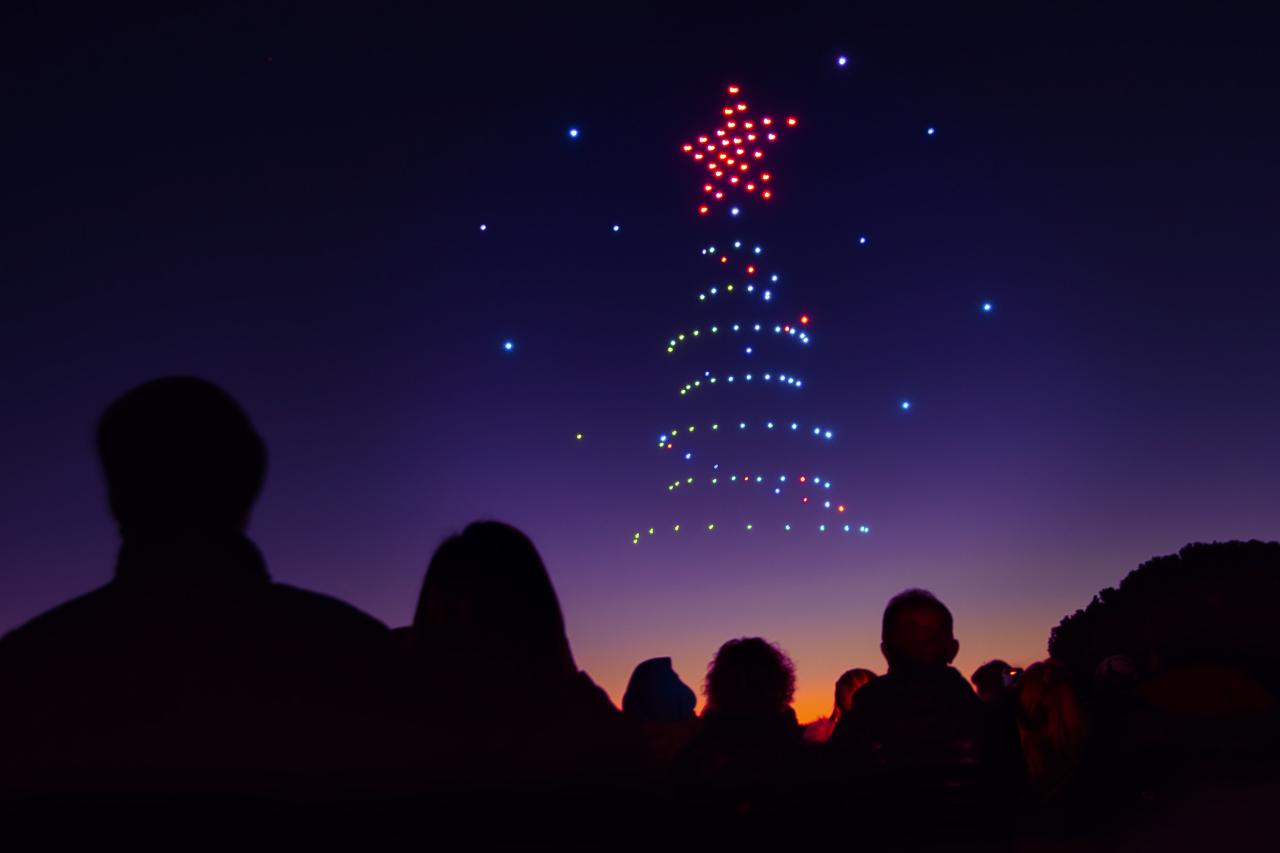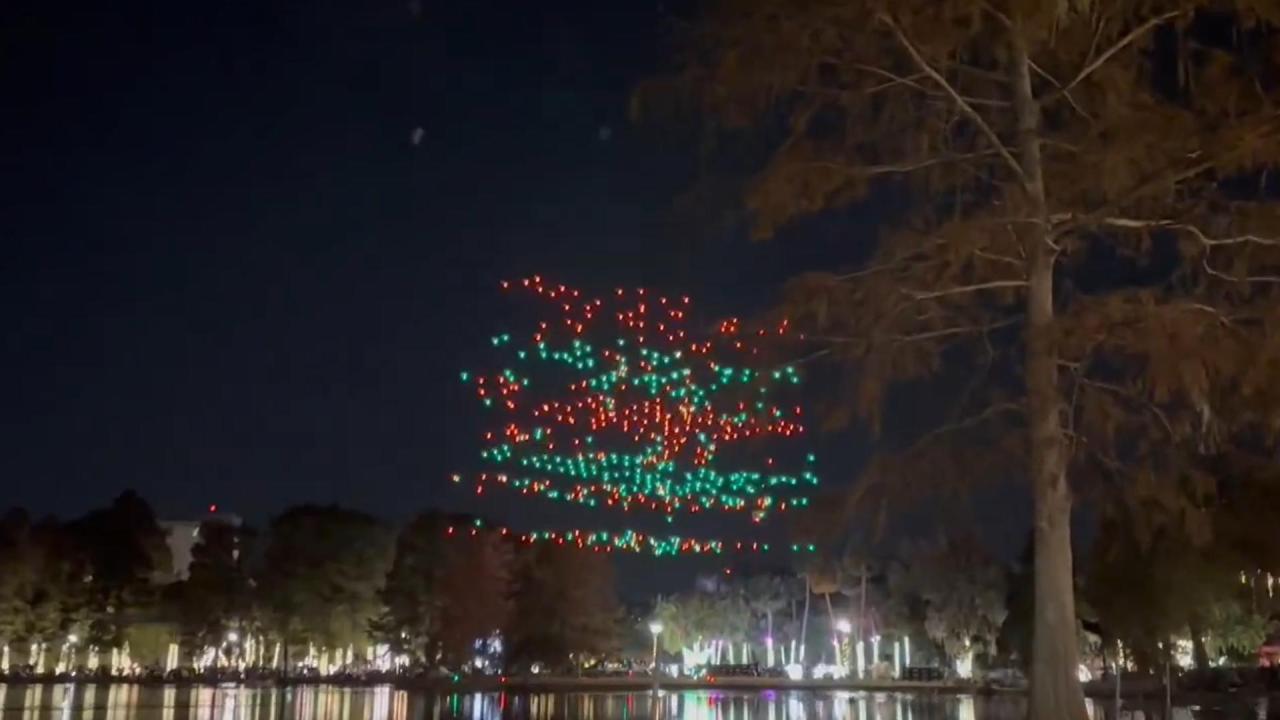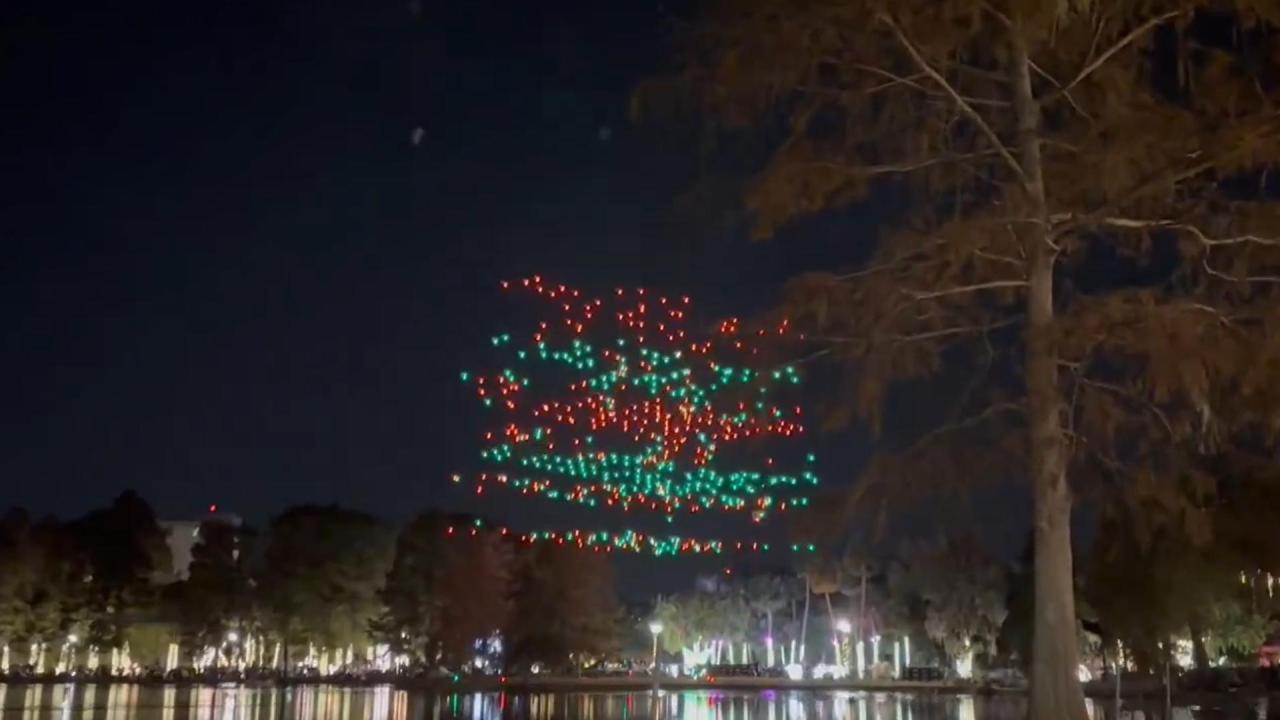Drone show accidents, while relatively rare, highlight the inherent risks associated with this rapidly evolving technology. These spectacular displays of coordinated aerial choreography depend on intricate systems and precise execution, making them vulnerable to a range of potential failures. From technical malfunctions and human error to unforeseen weather conditions, a multitude of factors can contribute to disastrous outcomes. This exploration delves into the causes, consequences, and preventative measures surrounding drone show accidents, examining safety regulations, technological advancements, and the crucial role of public perception.
Drone show accidents, while rare, highlight the inherent risks involved in these spectacular displays. Understanding these risks is crucial, and researching successful shows, like those showcased at a florida drone show , can offer valuable insights into safety protocols. Ultimately, preventing future drone show accidents requires continuous improvement in technology and operational procedures.
We will analyze case studies of notable accidents, dissecting the contributing factors and subsequent investigations. Furthermore, we will explore the evolving landscape of safety protocols, technological innovations aimed at risk mitigation, and the future trajectory of the industry in ensuring safer and more reliable drone shows. This analysis aims to provide a comprehensive understanding of this critical aspect of the burgeoning drone show industry.
Drone show accidents, unfortunately, are a growing concern as the technology advances. These incidents highlight the need for robust safety protocols and rigorous testing. For instance, you can find a detailed report on a recent significant event at drone show accident , which underscores the importance of operator training and emergency response planning. Proper mitigation strategies are crucial to prevent future drone show accidents and ensure the continued safe enjoyment of these spectacular displays.
Drone Show Accidents: A Comprehensive Analysis
The increasing popularity of drone shows has brought with it a parallel rise in the potential for accidents. These spectacular displays, while captivating audiences, involve complex technological systems and numerous potential points of failure. This article delves into the various aspects of drone show accidents, examining their causes, exploring safety regulations, highlighting technological advancements, and offering insights into future safety measures.
Types of Drone Show Accidents
Drone show accidents can be broadly categorized by their root cause: technical malfunctions, human error, and adverse weather conditions. Understanding these categories is crucial for developing effective preventative measures.
| Accident Type | Cause | Location | Outcome |
|---|---|---|---|
| Collision | GPS malfunction, software glitch | Las Vegas, Nevada | Minor damage to drones, show delayed |
| Mid-air failure | Battery failure, motor malfunction | Dubai, UAE | One drone crashed, others continued the show |
| Loss of control | Pilot error, signal interference | Sydney, Australia | Several drones crashed, show cancelled |
| Weather-related incident | High winds, heavy rain | London, UK | Show postponed due to safety concerns |
Drone malfunctions during a show can manifest in various ways, including mid-air collisions, loss of control, sudden power failure, or uncontrolled descent. The consequences can range from minor damage to individual drones to significant property damage or even injury to spectators. Human errors, such as incorrect programming, inadequate pre-flight checks, or poor communication between pilots, can also lead to accidents.
Preventative measures for human error include comprehensive training for pilots, rigorous pre-flight checklists, and the implementation of robust communication protocols. Regular maintenance and quality control of drones are essential to minimize technical malfunctions.
Safety Regulations and Protocols

Global safety regulations for drone shows vary considerably. Some countries have established comprehensive frameworks, while others are still developing their guidelines. A standardized, internationally recognized set of regulations would significantly improve safety.
- Pre-flight Checks: Thorough inspection of each drone, including battery levels, motor functionality, GPS signal strength, and communication systems.
- Emergency Procedures: Defined protocols for handling emergencies, such as loss of control, mid-air collisions, or unexpected weather conditions. This includes emergency landing procedures and communication channels.
- Post-flight Assessments: A comprehensive review of the show, including analysis of flight data, identification of potential issues, and implementation of corrective actions.
- Communication Systems: Redundant communication systems to ensure reliable communication between pilots and ground control.
- Weather Monitoring: Continuous monitoring of weather conditions to ensure the show can proceed safely. This includes wind speed, precipitation, and visibility.
Insurance and liability are crucial aspects of drone show operations. Comprehensive insurance policies should cover potential damages, injuries, and legal liabilities. Clear liability agreements between organizers, pilots, and venues are essential.
Technological Advancements and Risk Mitigation

Technological advancements are playing a key role in improving drone show safety. These advancements are focused on enhancing reliability, autonomy, and resilience of drone systems.
GPS redundancy, for instance, provides backup systems in case of primary GPS failure. Autonomous obstacle avoidance systems utilize sensors and algorithms to detect and avoid obstacles in real-time. Fail-safe mechanisms, such as parachute systems, can mitigate the impact of catastrophic failures. Different drone control systems, from manual to fully autonomous, have varying impacts on accident prevention. Autonomous systems can reduce human error, but they also require rigorous testing and validation.
A typical drone show operation flowchart would include stages such as pre-flight checks, flight planning, show execution, and post-flight analysis, with safety checkpoints embedded at each stage.
Case Studies of Notable Accidents

Analyzing past accidents provides valuable lessons for improving future safety. The following are examples of significant drone show incidents.
Accident 1: A software glitch caused multiple drones to collide during a show in 2022, resulting in minor damage to several units. The show was briefly halted while the problem was rectified. The incident highlighted the importance of rigorous software testing and redundancy.
| Date | Location | Cause | Outcome |
|---|---|---|---|
| October 26, 2022 | Berlin, Germany | Software Glitch | Minor damage, show resumed |
Accident 2: Strong winds caused several drones to lose control during an outdoor show in 2023. The drones crashed into each other and the ground, resulting in significant damage. The incident emphasized the importance of careful weather monitoring and contingency plans.
| Date | Location | Cause | Outcome |
|---|---|---|---|
| June 15, 2023 | Paris, France | High Winds | Significant damage, show cancelled |
Accident 3: A pilot error during a 2024 show resulted in a drone crashing into a nearby building. Fortunately, no one was injured. The incident underscored the importance of comprehensive pilot training and standardized operating procedures.
| Date | Location | Cause | Outcome |
|---|---|---|---|
| March 8, 2024 | New York, USA | Pilot Error | Minor damage to building, drone destroyed |
Public Perception and Media Coverage
Media coverage of drone show accidents significantly influences public perception. Negative media coverage can erode public trust and hinder the growth of the industry. Effective public relations after an accident is crucial for managing public perception and maintaining trust.
A well-crafted press release should acknowledge the accident, clearly state the cause, detail the steps taken to mitigate the situation, and Artikel measures to prevent future incidents. Transparency and accountability are paramount in restoring public confidence.
Future of Drone Show Safety, Drone show accident
The future of drone show safety lies in the continued development and implementation of advanced technologies and safety protocols. This includes further advancements in autonomous navigation, enhanced communication systems, and more robust fail-safe mechanisms.
An ideal future drone show safety system would involve a network of interconnected drones with redundant systems, advanced obstacle avoidance capabilities, and real-time monitoring and control. The system would also integrate with weather forecasting and emergency response systems.
The drone show industry is likely to evolve towards more sophisticated, autonomous systems with increased safety features. This will enhance public trust and pave the way for even more spectacular and safe drone shows in the future.
The increasing popularity of drone shows necessitates a proactive approach to safety. While technological advancements offer promising solutions for risk mitigation, the human element remains a critical factor. A robust combination of stringent safety regulations, comprehensive training programs, meticulous pre-flight checks, and a commitment to continuous improvement are essential for minimizing the risk of accidents. By learning from past incidents, embracing technological innovations, and fostering a culture of safety, the drone show industry can ensure that these breathtaking spectacles continue to captivate audiences while prioritizing public safety.
Frequently Asked Questions
What is the average cost of insurance for a drone show?
Insurance costs vary significantly based on factors like the number of drones, show complexity, location, and liability coverage. It’s best to obtain quotes from specialized insurers.
What are the common causes of drone malfunctions during a show?
Common causes include battery failure, GPS signal loss, motor malfunctions, and software glitches. Redundancy systems and thorough pre-flight checks can mitigate these risks.
How can drone show organizers effectively manage public relations after an accident?
Drone show accidents, while rare, highlight the inherent risks involved in large-scale drone operations. Understanding these risks is crucial for safety, and recent incidents underscore this need. For instance, a significant incident involving a florida drone accident serves as a stark reminder of the potential for malfunctions and subsequent consequences. Analyzing such cases helps improve safety protocols and prevent future drone show accidents.
Transparency, prompt communication, and a sincere expression of concern are crucial. A well-crafted press release and proactive engagement with affected parties are vital for damage control.
What is the role of regulatory bodies in ensuring drone show safety?
Regulatory bodies establish safety standards, license operators, and investigate accidents. Their oversight is essential for maintaining public safety and responsible operation of drone shows.
